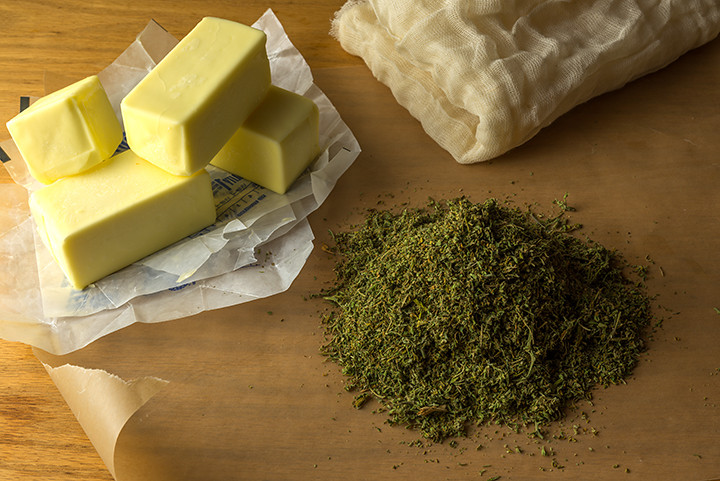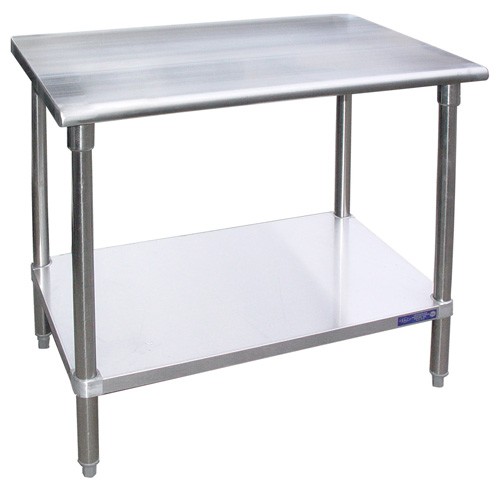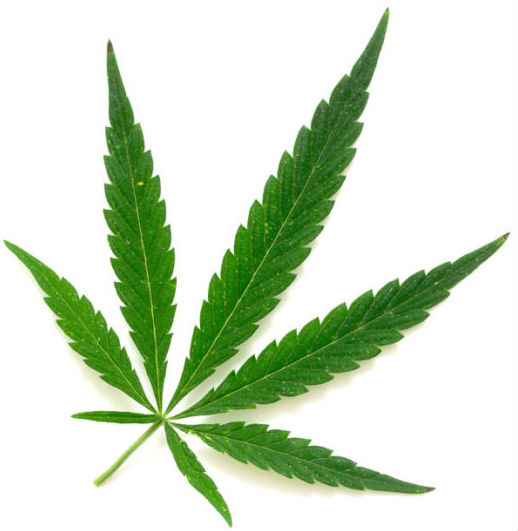In this How to Grow series article, Growers Network discusses the whys and hows of trimming your Cannabis flowers after harvest.

The following is an article produced by Growers Network. This article is for educational purposes only. We do not claim any responsibility for any legal or financial repercussions of your decisions. Always consult with a lawyer or attorney before making a decision that could have a legal consequence!
How to Grow 162 - Trimming
It’s the moment you’ve been waiting for. It’s time to snip those buds from your plants and get them ready for the world. But you may notice that your buds don’t look as pretty and well kempt as the ones you’re used to. Fear not, new grower. Your buds just need a little “manicure.”
Keep in mind that this article is meant to be a basic guide to trimming. There are a few of methods and techniques available related to trimming, but at this time we’ll just go over the basics of what a new grower needs to know.
Author’s Note: ALWAYS be aware of the legality of Cannabis and Cannabis products in your region. Don’t get yourself in trouble with the law!


Why Trim?
Is trimming even necessary? Good question, and while the answer is technically “no,” there are a number of benefits to trimming your buds that will make you wonder why anyone would NOT do it. Granted, it can be a little time-consuming, but in the end it’s worth it.
Benefits of Trimming
A Better Consumption Experience
- The sugar leaves around your buds have a lower concentration of trichomes than the buds. Removing them allows you to create a more powerful and uniform consumption experience.
- When cured, trimmed buds have a more consistent moisture content which is going to make for a better tasting smoke and less ash.
- Smoke inhaled from burning the leaves is going to be much harsher and take away from the smoking experience.
Appearance
Another reason to trim your buds is aesthetics. You want them to look nice, and nice-looking buds typically have the leaves and other excess plant materials removed. This may seem like a superficial reason, but the fact is that people like and expect attractive buds.

Some of the Trim Has Value
Though some of the trim you remove is essentially garbage, the sugar leaves around your buds are full of trichomes that you can use for making hash, butter, and other Cannabis extracts, which we’ll cover how to make in a future article. Definitely worth saving!

Wet Trimming vs Dry Trimming
Before we deal with the basics of how to trim we should talk a little bit about the difference between the “wet” and “dry” methods of trimming.
Wet Trimming
This method is often recommended for the novice grower and simply means you trim the buds before drying. You cut your branches from the plant and immediately begin your trim. This method allows easier access to the stem of each bud as well as the base of the sugar leaves. Another benefit to this method is a reduced chance of mold. Since post-harvest molds tends to grow between the stalk and the bud, wet trimming helps you avoid this.
Wet trimming is an overall faster process than dry trimming, but remember: you’ll still need to dry your buds when you’re done with the wet trim!
Dry Trimming
This method is recommended for growers who want to slow the drying process. Dry trimming advocates argue that the slower drying results in a more pleasant smoke. A downside to this method is that the leaves around your buds have also dried and are more difficult to remove efficiently. This is considered a more nurturing method than wet trimming, but it'll be up to you to see decide just how much you care and if the extra time is worth it.
How to Trim

Before you begin you’ll need a few supplies. Sharp, pointed scissors are a must. You’ll also want a clean, flat, non-porous surface to work on and a trimming tray to collect your beautifully manicured buds. Trimming is a time consuming process, so make sure you have a comfy chair and some tunes or something to entertain your ears. Lastly, an apron and gloves are a good idea because trimming is a sticky process and the trichomes will adhere to not only your scissors, but to your hands and clothes tool.
The Process
Initial Cuts
After drying your Cannabis you can begin cutting buds from the stalk of your plant (if you haven’t done this prior to drying). This is done to separate the buds from one another to make each one easier to work with. These cuts will require something stronger than your fine-pointed scissors. A sharp knife or strong pair of gardening scissors should work.
Remove the Fan Leaves
When you harvest it’s okay to remove the fan leaves at that time. Remember these leaves don’t have any trichomes and you can remove all of them prior to drying your harvest.

Trim Those Sugar Leaves
Unlike the fan leaves, sugar leaves are covered with trichomes and definitely worth saving. Set these aside in a tray or baggy and collect them for making hash or infused butter. This part of the process is where you really need those fine-tipped scissors to get at the base of these leaves without cutting into your buds in the process.

So now you know the basics of trimming your buds. Hopefully we’ve been able to convince you of the benefits. It really is worth the extra effort, not just so your flowers are “pretty,” but for all that extra trim too.
Happy Trimming!
10 Best Gift Ideas for Cannabis Connoisseurs and Growing Aficionados (2022)
December 7, 2022Developing and Optimizing a Cannabis Cultivation System
December 14, 2021Dealing with Insomnia: How Can CBD Help?
December 10, 2020Your Guide to Sleep and CBD
December 7, 2020
Do you want to receive the next Grower's Spotlight as soon as it's available? Sign up below!

Do you have any questions or comments?

About the Author
Chris DeWildt is a graduate of Grand Valley State University and Western Kentucky University. He worked in education and publishing for ten years before joining the team at Growers Network. In addition to editing the GN blog, Chris also works on the Canna Cribs series.